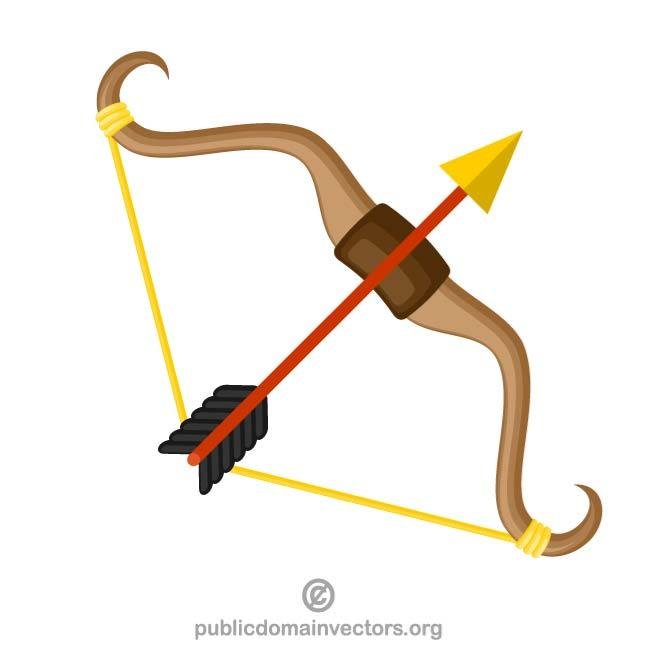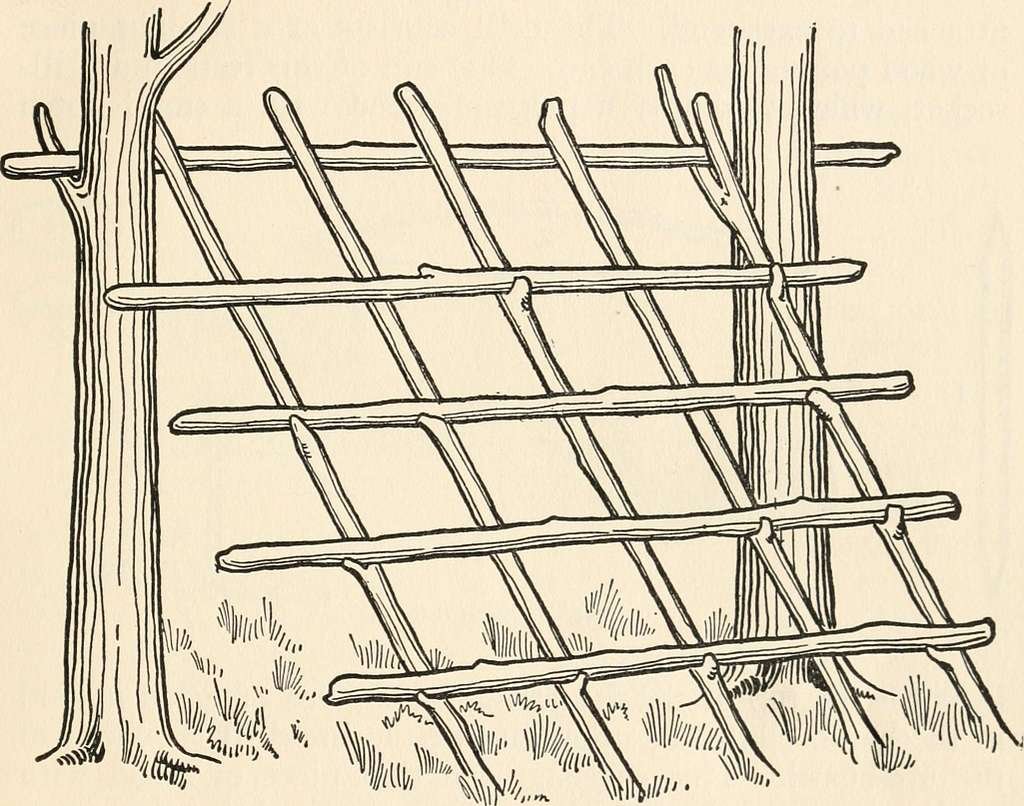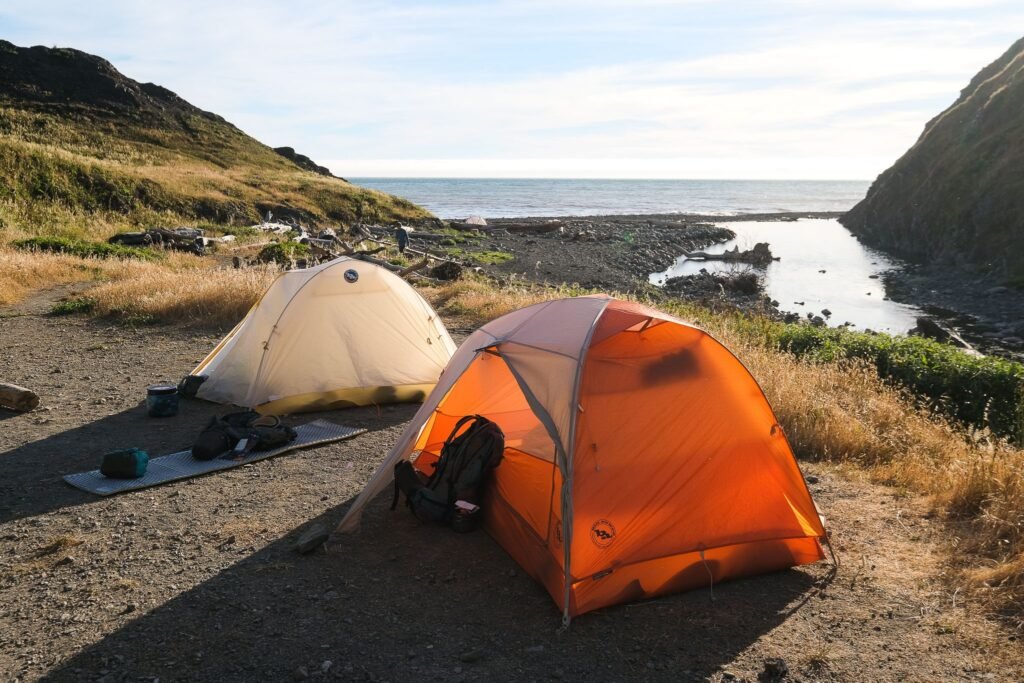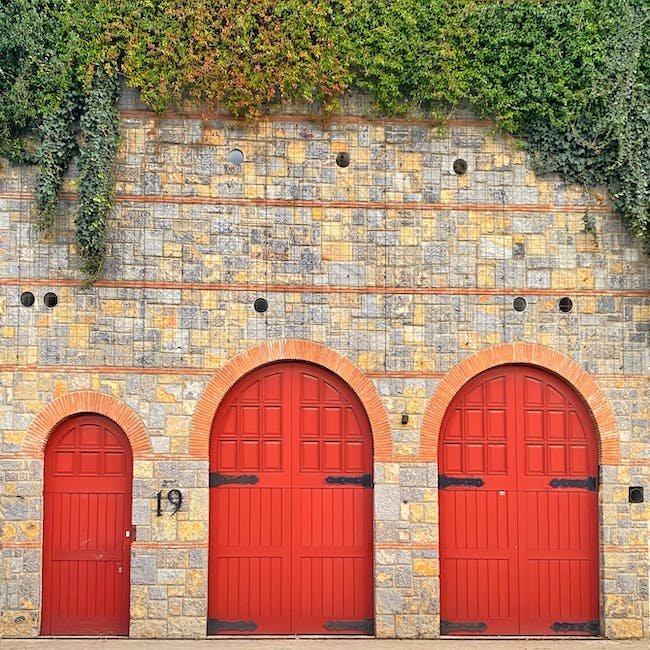Now Reading: How to Make a Bow and Arrow in the Wilderness
-
01
How to Make a Bow and Arrow in the Wilderness

How to Make a Bow and Arrow in the Wilderness
Deep in the heart of the untamed wilderness, where the rustle of leaves masks the whispers of hidden mysteries, a primal connection is waiting to be forged. Guided only by instinct and resourcefulness, those who dare to venture into the wild find themselves intrigued by the age-old art of crafting a bow and arrow from the very elements of Mother Nature herself. In this captivating article, we embark upon a journey of survival and ingenuity, diving headfirst into the realm of knowledge that teaches us how to fashion these ancient weapons amidst the rugged landscape, proving once and for all that even in the wilderness, with nothing but determination and resourcefulness, humankind can truly harness the power of our primordial ancestors.
Table of Contents
- Gathering the Right Materials for Crafting a Bow and Arrow
- Exploring Natural Resources in the Wilderness for Bow Making
- Step-by-step Guide to Crafting a Sturdy Bow
- Selecting the Perfect Branch for Your Wilderness Arrow
- Mastering the Art of Fletching for Accurate Arrows
- Q&A
- Final Thoughts

Gathering the Right Materials for Crafting a Bow and Arrow
Crafting a bow and arrow requires careful consideration and gathering of the right materials. To ensure the success of your project, it’s essential to choose materials that are durable and well-suited for the task at hand.
Here’s a helpful list of materials you’ll need for your bow:
– Wood: Select a strong, flexible wood such as yew, osage orange, or bamboo. Its composition will determine the bow’s strength and flexibility, crucial factors for accurate shooting.
– String: Opt for a high-quality, sturdy string specifically designed for bowmaking. Dacron or nylon are commonly used and can be easily found at archery supply stores.
– Grip Material: Choose a comfortable material for the handle or grip, such as leather or rubber, to enhance your shooting experience and provide a secure hold.
Now, let’s move on to the materials required for crafting arrows:
– Shaft: Use lightweight, straight-grained wood like cedar, birch, or spruce. The length and diameter of the shaft should be determined based on your desired arrow size and purpose.
– Fletching: Attach three feathers near the back of the arrow to provide stability and accuracy during flight. Goose or turkey feathers are commonly used due to their durability and excellent aerodynamic properties.
– Point: Depending on the intended use, select arrowheads made of metal, stone, or even bone. Broadheads are typically used for hunting, while target points are used for recreational purposes.
Remember to invest time and effort in sourcing these materials to ensure a successful and rewarding bow and arrow crafting experience. With the right materials in hand, you’ll be ready to embark on a fulfilling journey towards creating your very own functional and impressive bow and arrow set.
Exploring Natural Resources in the Wilderness for Bow Making
When it comes to the art of bow making, venturing into the wilderness can be an exhilarating experience. The vast beauty of nature provides an abundant array of resources that can be harvested and transformed into formidable weaponry. Here are a few key natural resources to consider when embarking on your journey:
- Wood: Look for sturdy trees with flexible branches, such as ash, hickory, or yew. Whittle away at the bark to reveal the smooth, supple timber within. As you shape the wood, consider its natural bends and curves, allowing your bow to take on its unique form.
- Sinew: The connective tissue of wild animals can be a valuable asset in bow making. Sinew is renowned for its incredible strength and resilience. Collect tendons from game such as deer or elk, and carefully process them by scraping off any excess fat. As you attach the sinew to your bow, it will act as a natural adhesive, reinforcing the tension and durability.
- Feathers: For crafting arrows, finding feathers is paramount. Seek out birds of prey or waterfowl, whose plumage provides excellent flight stabilization. Harvest the feathers responsibly by waiting for molted ones in their natural habitats. Once obtained, trim the vanes precisely and attach them to your arrows, ensuring a swift and accurate release.
Embarking on an adventure to explore natural resources for bow making connects you to ancient traditions and reminds us of our primal relationship with the wilderness. The process of sourcing these materials requires patience, skill, and respect for the environment. As you journey through the untamed landscapes, embrace the beauty of nature and practice responsible harvesting, ensuring the delicate balance is preserved for generations to come.
Step-by-step Guide to Crafting a Sturdy Bow
Ready to embark on a journey into the art of bow crafting? Look no further! Follow these steps to create a sturdy, reliable bow that will stand the test of time.
Materials List:
- One sturdy length of wood
- Sharp survival knife
- Measuring tape
- Bow string (durable nylon or natural fibers)
- Sandpaper
- Wood sealant
Step 1: Wood Selection
The first crucial step is selecting the perfect piece of wood for your bow. Look for a straight and flexible branch or sapling. Ideally, it should measure around 6 feet in length and have a diameter of 1-1.5 inches.
Step 2: Shaping the Bow
With your survival knife, carefully carve the wood into the shape of a bow. Start at about 5 inches from each end, and gradually taper the width towards the middle section. This allows for better flexibility and makes the bow more resistant to breaking under tension.
Step 3: Smooth Finish
Once the basic shape is complete, use sandpaper to smoothen any rough edges or surfaces. This will not only prevent splinters but also ensure a more comfortable grip.
Step 4: Applying Wood Sealant
To protect your bow from moisture and increase its longevity, apply a coat of wood sealant. This will also enhance its overall appearance.
Step 5: Attaching the Bow String
Measure the appropriate length of bow string and attach it securely to each end of the bow. Ensure the string is taut but not overly tight, providing the necessary tension for effective shooting.
Follow these steps diligently, and soon you’ll be holding a magnificent bow crafted by your own hands. Happy hunting or practicing your archery skills!
Selecting the Perfect Branch for Your Wilderness Arrow
When it comes to crafting the ultimate wilderness arrow, one of the most crucial steps is selecting the perfect branch. This may seem like a daunting task, but fear not! With a little guidance, you can find the ideal branch that will yield a durable and accurate arrow.
Consider the following tips:
- Size matters: Look for a branch that is straight and relatively thick, as this will provide the necessary strength for your arrow. Avoid branches that are too thin or prone to bending.
- Smooth sailing: Opt for a branch with smooth bark to ensure a comfortable grip. Rough or jagged bark may affect your arrow’s accuracy and make it uncomfortable to hold.
- Flexibility is key: Look for a branch that has a slight flexibility when bent. This will allow your arrow to absorb shock upon release, increasing its stability and accuracy.
Remember: While it’s important to find the perfect branch, keep in mind that arrows can be honed and perfected through practice. Sometimes, the best way to find the ideal branch is through trial and error. So, venture into the wilderness, explore different branches, and let your creativity guide you to the perfect arrow!
Mastering the Art of Fletching for Accurate Arrows
Embarking on the journey of becoming a skilled fletcher is a sacred endeavor. Fletching, the ancient craft of attaching feathers to arrows, not only adds elegance to your weapon but also greatly influences its flight accuracy. The aptitude to create arrows that soar gracefully through the air, hitting their mark with precision, is a craft that separates the amateurs from the true masters.
One vital aspect to consider in fletching is feather selection. When it comes to choosing feathers, quality reigns supreme. Feathers with uniform shape, size, and stiffness will provide consistent flight characteristics. Opt for feathers from reliable sources, as they undergo a meticulous sorting process to ensure only the finest are used. It’s important to note that feathers from different species possess distinct benefits; goose feathers offer unrivaled durability, while turkey feathers excel in providing stability.
Alignment is another crucial factor to master for impeccable arrow flight. Ensuring that the fletchings are parallel to the arrow shaft promotes stability and minimizes wobbling during flight. The process of aligning fletchings can be accomplished using specialized jigs or by meticulously measuring and adjusting the placement by hand. Remember, precision is the key to achieving arrow perfection.
Lastly, it’s essential to pay attention to the finishing touches on your arrows. Properly waxed threads or glues will secure the fletchings firmly, preventing unexpected mid-flight separation. Additionally, careful trimming and shaping of the feathers guarantee optimal aerodynamics, allowing your arrow to cut through the air effortlessly. Take pride in crafting arrows that not only possess accuracy but also appeal to the eyes of beholders.
Embark on this artistic journey, and with practice and dedication, you will unlock the secrets of fletching—crafting arrows that paint the sky with precision, elegance, and accuracy.
Q&A
Do I need any special tools or materials to make a bow and arrow in the wilderness?
No, you can create a basic bow using natural materials like a sturdy branch and a cord made from plant fibers or twisted tree bark. Arrows can be crafted from straight sticks and tipped with sharpened stones or bone fragments.
What kind of wood should I look for when making a bow?
Flexible and strong woods such as yew, hickory, or ash are ideal for bow-making. However, in the wilderness, you may have to settle for other types of wood. Look for branches with a natural curve and avoid brittle or rotten wood.
How long should my bow be?
A general rule is that your bow should be the same height as you are. However, in survival situations, you can make a shorter bow to save energy during the construction process. Just ensure that the bow is long enough to generate sufficient power and accuracy when shooting.
What materials can I use for the bowstring?
Natural materials like rawhide, animal tendons, or plant fibers such as stinging nettle or yucca can be used for the bowstring. It’s important to select a material that is strong, flexible, and can withstand the tension when drawing the bow.
What should I use for arrowheads?
Arrowheads can be crafted from sharpened stones or bone fragments. Look for stones that are hard and durable to maintain their shape upon impact. Ensure that the arrowheads are properly attached to the arrow shaft to prevent them from detaching during use.
Is it possible to make arrows without feathers?
While feathers improve stability and accuracy during flight, they can be substituted with other materials like shaped pieces of bark, leaves, or even tightly woven strips of lightweight fabric. These makeshift alternatives should still give the arrows some stability in the air.
What are some tips for aiming and shooting with a homemade bow?
To aim effectively with a homemade bow and arrow, practice shooting at different distances to understand the power and trajectory. Keep your dominant eye open and focus on the target, aligning the bow and arrow accordingly. Consistent practice and adjustments will improve accuracy over time.
Are there any risks or safety precautions to consider when using a homemade bow and arrow?
Yes, safety is paramount. Always be aware of your surroundings and ensure you have a clear shooting range. Avoid aiming at people or animals and never shoot towards any objects that could cause harm if hit. Be cautious when drawing and releasing the bowstring to avoid injury.
Final Thoughts
As the sun begins its descent beyond the towering pines, casting a golden hue over the wilderness, our journey into the art of crafting a bow and arrow in this untamed haven comes to a close. We have embarked on an adventure of resourcefulness and agility, harnessing the raw materials bestowed upon us by Mother Nature herself.
Through rocky terrains and dense forests, we have learned to see potential and ingenuity where others may perceive naught but wilderness. With nimble hands and steadfast determination, we have transformed modest branches and slender vines into a symphony of nature’s finest weaponry—a bow and arrow born of the wild.
The serenade of chirping birds has accompanied us as we skillfully shaped our bow, each delicate touch honing its strength and resilience. We have paid homage to the ancient craftsmen of old, their techniques whispered through the rustling leaves. As our fingers danced across the wood, it is as if we reunited with our primordial ancestors, feeling the pulse of their survival in our veins.
And now, we stand on the precipice of archery mastery, the arrow resting gently within the bow’s embrace. The gentle breeze carries the scent of newfound prowess, mingling with the crackles of the campfire and whispers of the evening wind. Nature applauds our endeavor, as even the creatures of the wild pause momentarily, drawn to witness our triumph over adversity.
But as the wilderness has taught us, it is not merely the inanimate creations, but the knowledge gained through the journey that holds true value. As we part ways with this untamed sanctuary, we carry not just a bow and arrow, but the wisdom that we possess the ability to forge our own destinies amidst the chaos.
Let us now embrace the world beyond the woods, bearing in our hearts the courage instilled by this ancient craft. For in this delicate interplay of mind and nature, we have rediscovered the primitive strength that resides in us all. Whether we wander deep into untrodden paths or traverse seemingly insurmountable challenges, the spirit of our wild endeavor shall forever serve as a reminder: Where there is wilderness, there is always a bow and arrow, waiting to be forged.
As an affiliate, my content may feature links to products I personally use and recommend. By taking action, like subscribing or making a purchase, you’ll be supporting my work and fueling my taco cravings at the same time. Win-win, right?
Want to read more? Check out our Affiliate Disclosure page.





